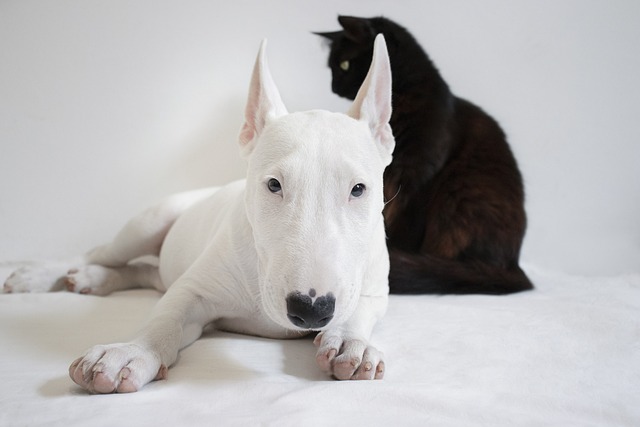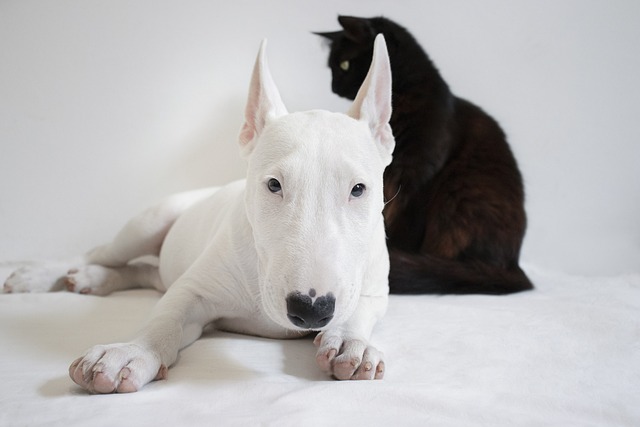
What is the most common dog allergy
I sat with my friend Lena at a coffee shop last week, where she was scrolling through allergy blogs—her 6-year-old son
You’ve noticed it lately—your playful pup who used to sprint after squirrels now prefers a leisurely sniff around the yard, and that gray muzzle is becoming more pronounced. It’s natural to wonder, "When exactly is my dog considered a senior?" The answer isn’t one-size-fits-all. While the old myth of "one dog year equals seven human years" is a simplification, veterinarians generally classify dogs as seniors during the last 25% of their expected lifespan. For most medium-sized breeds, this typically falls between 7 and 8 years old. However, this milestone varies significantly based on genetics and size, making attentive observation your most valuable tool.
Larger breeds, like Great Danes or Bernese Mountain Dogs, age at an accelerated rate due to the physical stress of their size. They may be considered seniors as early as 5 or 6 years old, often facing joint issues like arthritis sooner. Conversely, smaller breeds such as Chihuahuas or Toy Poodles often enjoy a more prolonged youth, not entering their senior years until 9 or 10 years of age. This biological reality underscores the importance of proactive care. Scheduling biannual vet visits once your dog hits this life stage is crucial. These check-ups help monitor age-related conditions and ensure compliance with local laws, such as keeping rabies vaccinations up-to-date—a legal requirement in all U.S. states—and discussing parasite prevention tailored to an aging immune system.

Adapting your daily routine is key to supporting their health. Transitioning to a senior-specific diet can help manage weight and support joint health, while gentle exercise like short walks keeps muscles toned without overexertion. This mindful approach extends to your community responsibilities. Senior dogs may require more frequent potty breaks due to changing bladder control. Carrying waste bags during walks—and promptly cleaning up—isn’t just etiquette; it’s often legally mandated and reinforces your role as a respectful neighbor, especially in shared apartment spaces where cleanliness is prioritized.
Training methods must evolve alongside your dog’s needs. A senior dog might experience hearing or vision loss, leading to confusion or slower responses. Modern animal welfare standards in the U.S. and EU strongly emphasize positive reinforcement and patience. Avoid scolding for accidents or disorientation; instead, use gentle guidance and rewards to build confidence. At home, consider practical adjustments like non-slip rugs on hardwood floors to prevent falls and an orthopedic bed to ease achy joints. For apartment dwellers, managing noise (like whining due to anxiety) demonstrates consideration for neighbors, while maintaining a consistent routine reduces stress for your dog.
Recognizing your dog’s senior status isn’t about limitation—it’s an opportunity to deepen your bond through tailored care. By embracing their changing needs with empathy and vigilance, you’re not just adding years to their life; you’re adding life to their years.

I sat with my friend Lena at a coffee shop last week, where she was scrolling through allergy blogs—her 6-year-old son

You’ve noticed it lately—your playful pup who used to sprint after squirrels now prefers a leisurely sniff around the yard, and that gray muzzle is becoming more pronounced.

Many new dog owners dream of welcoming a big, cuddly companion but worry about keeping up with intense exercise needs.

I sat with my neighbor Mrs. Henderson on her porch last night, as her 12-year-old Labrador, Molly, curled up at her feet. “I worry about her when we go to bed

I spent a Saturday afternoon helping my cousin Maya prep for her new 8-week-old Golden Retriever puppy, Max—she had a cart full of cute sweaters and chew toys but forgot the basics

I sat with my friend Sarah in her living room last week, watching her 6-year-old Cocker Spaniel, Lila—who was diagnosed with early kidney disease